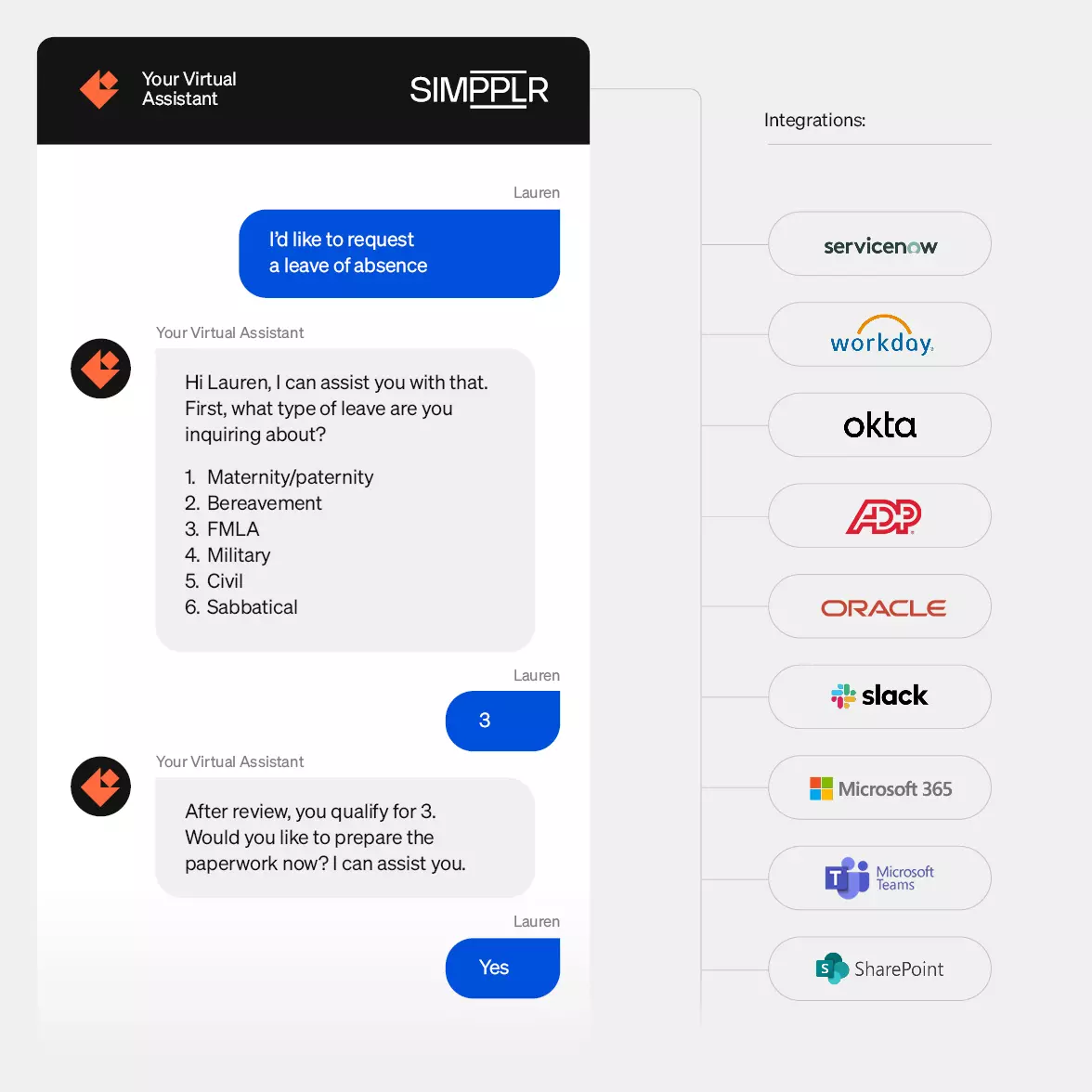Understanding knowledge management
Knowledge management definition
At its core, knowledge management can be defined as the efficient handling of information within an organization. It can include anything from AI-powered data mining to online collaboration among human teams.
What is the purpose of knowledge management?
Knowledge management is all about enhancing an organization’s performance by facilitating the exchange of knowledge. It strives to create an open environment within the organization so that ideas and information can flow freely.
Understanding the objectives of knowledge management
Knowledge management aims to enhance an organization’s efficiency and productivity. It focuses on identifying, organizing, distributing, and effectively using an organization’s collective knowledge. By managing knowledge well, businesses can improve decision-making, foster innovation, and gain a competitive edge in the market.
Benefits and advantages of knowledge management
Knowledge management offers numerous benefits for an organization. It enables businesses to make the best use of the knowledge they have by promoting a learning environment and fostering innovation. Through knowledge management, organizations can boost productivity, increase customer satisfaction, and meet other key performance indicators (KPIs) and benchmarks.
Improvement of work performance through knowledge management
Knowledge management improves work performance by ensuring that employees have easy access to the information they need to make strategic decisions. Instead of wasting time hunting for information or duplicating research that’s already been completed by other departments, teams with effective knowledge-sharing are in a better position to help their companies leap ahead of the competition.
Knowledge management as a catalyst for organizational learning
Knowledge management systems (KMS) play an important role in organizational learning. By facilitating effective storage, retrieval, and sharing of organizational knowledge, a KMS can enhance decision-making on a corporate scale. These systems also help create a continuous learning environment that encourages creativity and boosts problem-solving abilities, using current knowledge as a platform for future research and driving organizational learning forward.
Reasons for knowledge management failure
Unfortunately, knowledge management can fail for a variety of reasons. These may include a lack of proper strategy, inadequate technology, or insufficient training. Poor communication and collaboration within an organization can also contribute to this failure, especially if siloed teams have a history of hoarding information. This highlights the importance of including corporate culture in any knowledge management implementation plan.
The knowledge management process
Steps in the knowledge management process
The knowledge management process involves several steps including capturing, organizing, and analyzing knowledge, as well as sharing and implementing that knowledge. Because these steps can be highly interdependent, today’s organizations often use modern intranet platforms to integrate these steps in an end-to-end knowledge management system.
Information captured in knowledge management
Knowledge management systems accumulate vast amounts of data, especially in large, enterprise organizations. Consider all the different kinds of data and information used today even in smaller organizations: product performance data, financial data, production efficiency data, market research and analysis, brand messaging information, social media performance, advertising results, and much more. Capturing that data, recognizing it, organizing it, and making it easily accessible to everyone in the organization is a huge task.
Modern intranet platforms like Simpplr employ AI to help manage the process.
Content management
Content management is a significant aspect of any knowledge management strategy. This involves the creation, modification, organization, and deletion of content from a website. A good content management system provides a structured environment for multiple user roles such as content creators, editors, and administrators. It ensures seamless workflow while aiding in the effective management of digital assets.
Most importantly, it needs to make sure that those massive stores of content and data stay up to date. A knowledge management system that doesn’t include content maintenance and deletion would become inundated with outdated data incredibly quickly in the digital age.
Roles in the knowledge management process
Different people play different roles in the knowledge management process. These include the knowledge creator, the knowledge manager, and the knowledge user. While these roles are self-explanatory, the important thing to remember about modern knowledge management systems is that, ideally, these roles only interact with the data—they don’t own it.
Who owns knowledge management?
Knowledge management—along with the knowledge contained within the system—is owned by everyone in an organization. Gathering, organizing, and sharing information is a collective responsibility. Every employee, from the CEO to the newest frontline worker, contributes to the creation and application of knowledge. No single individual owns it—it’s a shared resource and responsibility.
5 Key components of knowledge management
There are 5 key components in every successful knowledge management implementation:
- Leadership—corporate leaders need to champion knowledge management
- Culture—the company culture must encourage and reward knowledge-sharing
- Infrastructure—systems must exist through which knowledge can be collected, organized, shared, and discovered throughout the organization
- Processes—workflows must be defined for knowledge capture, storage, analysis, and dissemination
- Technology—cloud-based systems must be implemented so knowledge can be shared across a distributed workforce
What are knowledge management tools?
Knowledge management tools help organizations gather, manage, share, and utilize knowledge effectively. These tools streamline information flow, enhance decision-making processes, promote innovation, and boost overall productivity. They take many forms, including databases, document management systems, social media platforms, and AI-based applications.
The role of intranets
As in any modern tech stack, various aspects of knowledge management may involve different tools or solutions. Corporate values might be found in an HR wiki. Website data might be piped in through Google Analytics. Product updates are found in project management software. The list goes on and on.
Modern intranet platforms tie it all together through multiple integrations, giving employees a single source of access to a virtually unlimited number of knowledge management sources.
Choosing the right tools
By adding an AI virtual assistant, intranet platforms can make an otherwise overwhelming amount of data easily accessible—with built-in security protocols to manage knowledge access at every level across an entire enterprise organization.

Knowledge management strategies and best practices that drive productivity
Knowledge management strategies ensure the efficient use of information, skills, and expertise. By promoting collaboration, innovation, and continuous learning, knowledge management strategies can significantly improve productivity and performance.
Implement knowledge management systems
For modern knowledge management, organizations need modern knowledge management tools. These systems provide the infrastructure necessary for knowledge management. Successful strategies start by identifying the kinds of knowledge the organization wants to share and choosing the best tools for those specific purposes.
Establish a knowledge management culture
Establishing a strong culture for knowledge management and sharing can be difficult, especially if knowledge has traditionally been controlled and managed by siloed teams and departments. In transitioning to a knowledge management culture, consider implementing tools that are designed to help leadership set and maintain corporate culture intentionally.
Make knowledge sharing easier
Making knowledge sharing easier is a fundamental part of improving team performance. With easier sharing, individuals can facilitate smoother collaboration and increase productivity. The right knowledge-management tools are easy to use, even in a mobile environment.
Incentivize knowledge creation
Encourage employees to generate and share knowledge by providing rewards or recognition for achieving knowledge management goals. To foster an environment of continuous learning and innovation, companies should consider recognizing and rewarding entire teams for their knowledge-sharing and knowledge-management efforts, not just individuals.
Knowledge retention, retirees, and turnover
The issue of knowledge retention poses a significant challenge when companies face high levels of employee turnover and retirement. As workers leave, they take invaluable expertise and experiences with them, leaving a gap in the organization’s knowledge pool. Successful knowledge management strategies include effective processes for capturing and transferring this knowledge to maintain continuity and organizational effectiveness.
Going beyond basic knowledge management
Engaging employees with a modern intranet
Simpplr, a modern intranet platform, goes far beyond basic knowledge management. It offers employees a secure portal into all of their permitted knowledge management systems as well as project management, human resources management, internal comms, and more.

How Simpplr enhances knowledge management
Simpplr enhances knowledge management by integrating with all your data, knowledge, and document systems, giving employees a single source of truth for all their knowledge needs. With federated search, employees find what they need easily, while auto-governance ensures that content remains up to date.
And, with Simpplr’s lightning-fast, AI-powered virtual assistant, your employees can get the information they need in seconds, improving efficiency and productivity for all your employees as well as the teams that serve them, like IT and HR.
See what a modern, AI-powered intranet could do for your business.

Watch a 5-minute demo
See how the Simpplr employee experience platform connects, engages and empowers your workforce.
- #1 Leader in the Gartner Magic Quadrant™
- 90%+ Employee adoption rate







